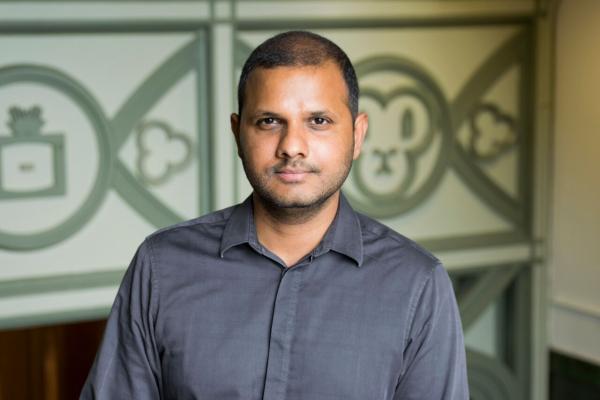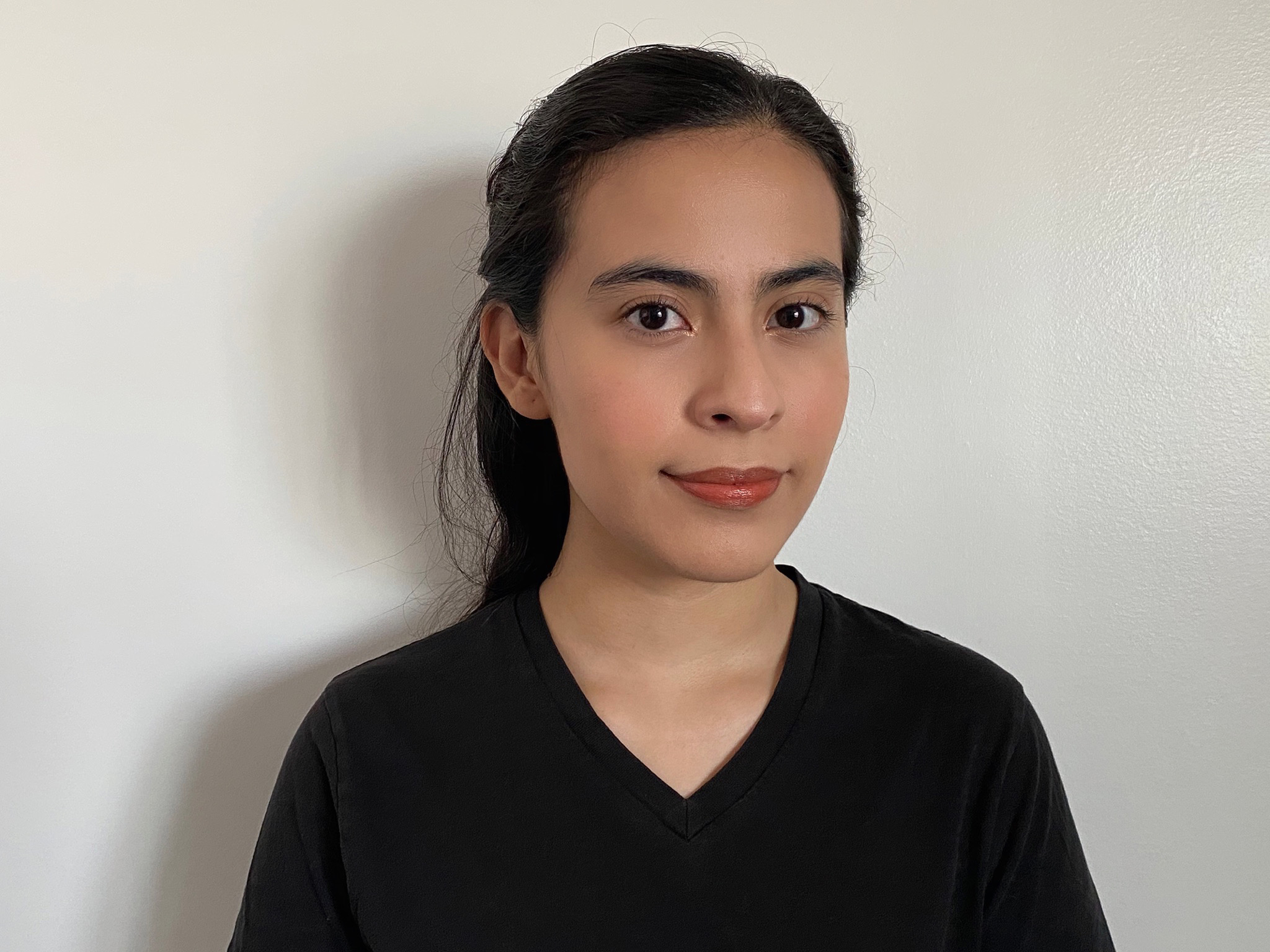
Dr. Naresh Devineni. Photo Courtesy: CCNY.
The frequency and severity of natural disasters are being intensified recently. Therefore, preparing a skilled scientific workforce to anticipate and respond to these hazards has become a priority. At the forefront of this effort is Dr. Naresh Devineni, a professor of civil engineering at The City College of New York, who has been awarded a $2 million grant from the U.S. Department of Energy to lead an initiative that combines advanced research with hands-on training.
Funded under the DOE’s Reaching a New Energy Sciences Workforce (RENEW) initiative, the project will focus on developing artificial intelligence tools to assess multi-hazard risks, such as floods, landslides and extreme heat, and train students at both the undergraduate and graduate levels in innovative research.
“What interests me is the fact that a lot of water issues are climate related,” said Devineni. “Some of these things are predictable, and the fact that you can predict them gives you the opportunity to plan ahead for these disasters or natural hazards.”
Devineni’s background in civil engineering originated in his undergraduate studies and was further developed through his graduate research in water resources and environmental engineering. His doctoral studies focused on the link between water systems and climate, and this has shaped his research trajectory ever since.
The newly funded project is a result of years of collaboration between faculty at CCNY and Stony Brook University. Devineni explained that the proposal emerged from ongoing work across multiple DOE-funded initiatives and a shared vision for addressing natural hazards on a regional scale.
“You talk about either floods or heat—very specific to one hazard,” Devineni said. “But we were thinking: can we look at natural hazards in the Northeast holistically, especially with the greater New York metro area as a focus? And that was one of the main motivations.”
In addition to advancing research, a key component of the initiative is training. The project has an emphasis on building a sustainable team of STEM talent to carry this work into the future. “There are scientists who will be training students both at the graduate and undergraduate levels,” he said. “We’re trying to have across-the-spectrum students get inspired into graduate programs.” Devineni explained that the traineeship model provides a unique bridge for CCNY students, particularly those pursuing master’s degrees, to transition into Ph.D. programs or research careers.
The project’s interdisciplinary nature reflects the mission of CCNY’s Grove School of Engineering, where collaboration across departments is highly encouraged. “We have faculty from mechanical engineering, earth systems, civil—some even outside engineering. So we’re really bridging the gap between departments,” said Devineni.
Looking beyond the initial three-year timeline, Devineni envisions expanding the initiative into a permanent research center. “The ultimate goal is to create AI-based tools for risk assessment,” he said. “If we can get beta versions of those tools ready, then the next step is evolving it—can we bring in new hazards? Can these tools be used for operational management? Can we build a hazard center?”
For now, Devineni is focused on the mission ahead, creating new knowledge and inspiring a new wave of researchers to tackle some of the most pressing environmental challenges of our time.

Sofia is a graduate student at CUNY Brooklyn College, where she’s pursuing her M.S. in Media Studies. In addition to writing for The RICC, she’s a writer for the features section of Brooklyn College’s student-run newspaper, The Vanguard. She is also a dedicated writer for the Brooklyn News Service.